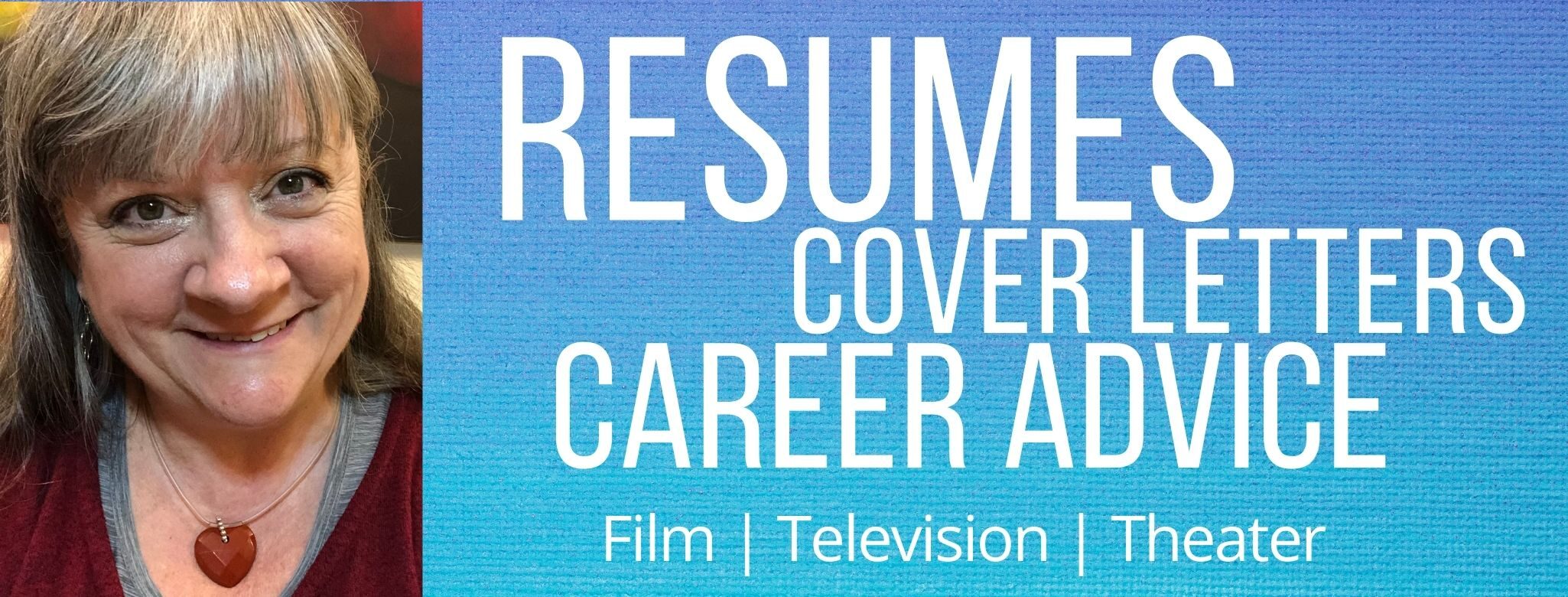I had the good fortune to see this film at the Aero Theater as part of the KCET Cinema Series that the James and Paula Coburn Foundation sponsors. As part of the screening series, KCET invites wonderful special guests to discuss their film. In this case it was the multiple Oscar winning writer/director of the film, Paul Haggis himself.
The movie appears to tell the story of three pairs – I hesitate to say couples – and a few ancillary characters in their lives, as they try to overcome some pretty serious issues. However it is really about a writer’s process and how writers write, how they find inspiration, how they deal with criticism, and as Mr. Haggis said in the Q&A, the “high price that is paid” by the people around the writer to allow the process to unfold and their work to be successful.
The lead, portrayed with nuance by Liam Neeson, is a novelist named Michael, who as it turns out is exploring several different narrative ideas for his next work. There is no bad performance from any of the actors. This is one of those films where our sympathies constantly switch, sometimes brutally and abruptly, towards and away from the different characters.
Don’t expect the kind of resolution and witty coming together of ensemble films like Love Actually (2003) or New Year’s Eve (2011). The Third Person stories and characters don’t have a plot based connection. Rather as the movie progresses it becomes clear that the true narrative voice, or point of view, comes directly from Michael. In fact at the end there will be some questions as to which scenes actually took place and which were all figments of his imagination. There is no pat ending – each couple may or may not have resolved their conflict.
Director Haggis plays with time, film convention, and genre, including hints of Magic Realism. There is romance, drama, and even aspects of a road movie. He walks a fine line between leading the audience with what I considered obvious foreshadowing and telegraphing (I appeared to be alone in that) and leaving them adrift. He appeared almost gleeful after listening to the larger half of the audience grumble about feeling confused as they left during the credits. However he was just as happy to answer the questions and remarks of the group that stayed who evidently “got” it. As apparently disturbed by the “impossible” aspects of the stories as they were, the audience reaction was palpable. They laughed, they gasped, they sighed in all the right moments.
And there is humor in it, despite most of the characters being more or less unlikeable – flawed and struggling with the consequences of their past bad choices, which may or may not be real. The visuals are lush, the interiors highly detailed. I was pleasantly surprised to learn that all the interiors are built sets. There is a level of verisimilitude that had me convinced I was watching locations. It’s not a bad junket to Rome for everyone, to have Rome doubling for Paris, New York and some small Italian towns.
It’s a movie that is growing on me. I encourage writers to see it, even if a writer is more likely to guess what’s happening quicker than the layman viewer. It’s a movie that demands a high level of intellectual engagement – really thinking it over afterwards. It took me right back to my college studies – “Brechtian Aspects of Radical Cinema” and the deep discussions in our theater theory classes about the difference between the Stanislavsky approach to genuine emotion and Brechtian distancing, and avoidance of catharsis.
Perhaps it’s just me, but I saw shadows of many classic movies that are set in hotels – Grand Hotel (1932), Dinner at Eight (1933), Love in the Afternoon (1957), even Daddy Long Legs (1955). This film has you constantly asking “is this real?”, “did that happen?”, “are those real emotions or just acting?” It’s interesting to NOT have all the answers, despite the moments that felt forced or overly obvious to me (again I’m apparently in the minority).
I wish the poster worked better. It bothers me that it looks like the pages are shooting out of the woman’s ass. Is that an intentional nose thumbing at the critics, or did nobody notice in their attempt to distill one of themes into simple visual form? I feel like Goethe applies here – What is the artist trying to do? Did they do it? Was it worth doing in the first place? I think I know what they were after, but the visual faux pas (I can’t unsee it now) overcomes the meaning.
Mr. Haggis himself said it is a movie people will either love or hate. The more I think it over, the more I am shifting towards love – not for the result so much as for the wildly brave creative risk.
[wysija_form id=”1″]

